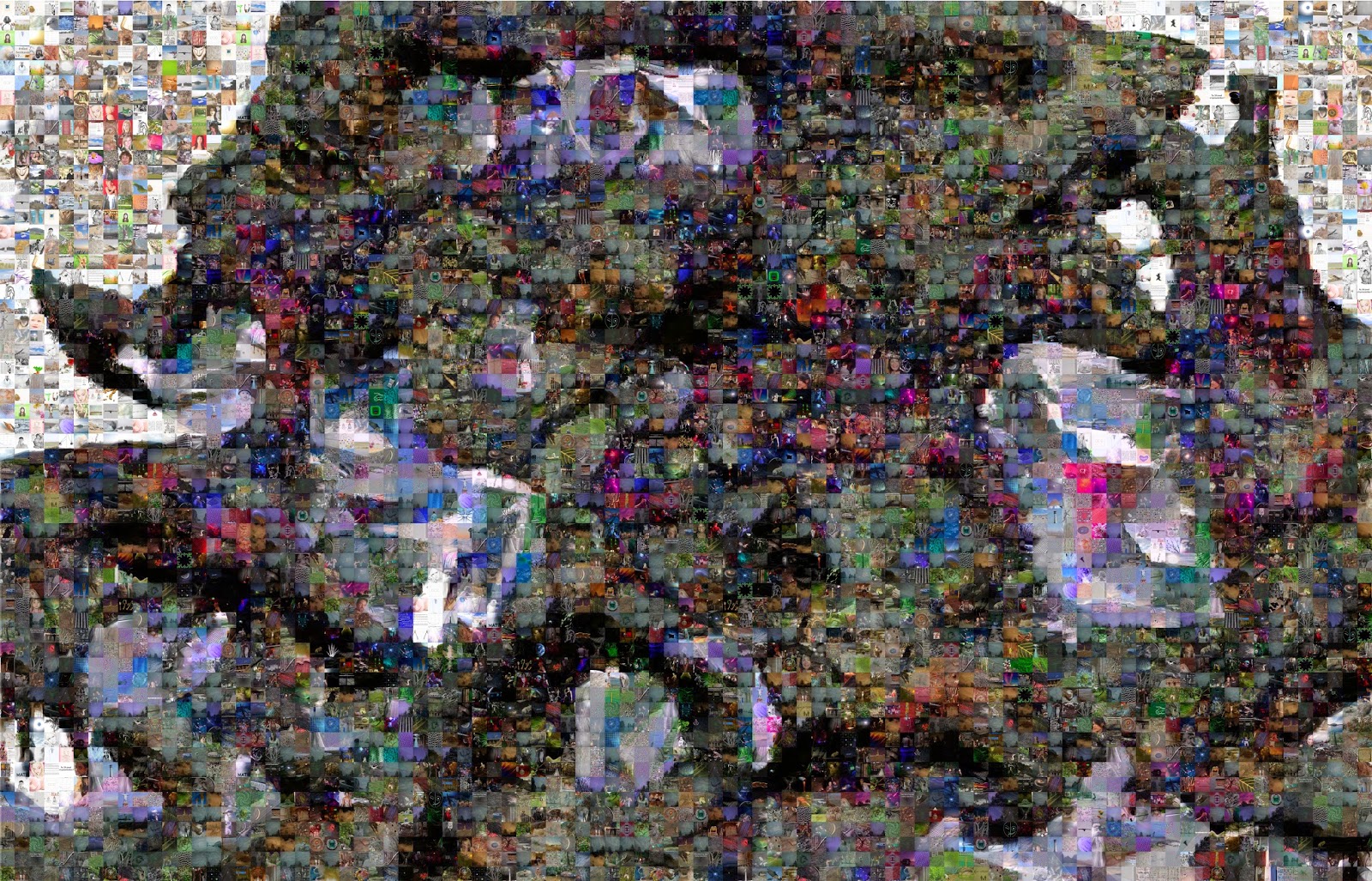Texas A&M University. Department of Architecture. T4T LAB Spring 2014.
"Resistance of the Archetype"
Invited Professor: Bruno Juricic.
With Gabriel Esquivel.
Team: Corie Saxman, Christian Stiles, Kelli Lathrop.
Video Link:
http://vimeo.com/m/92670009
From Language to Decimation
Our object
gives a glimpse into the inner most part of the digital object. It exposes
spaces which are usually inaccessible to us. In turn this has exposed what
could be considered as the “digital language”. In this sense the digital
language could be described in two ways; the digital language in the sense of
aesthetic characteristics, and the digital language in the sense of decimation.
The object
is essentially one language that has been decimated, introducing a variation of
the same language. It began as a HI FI, High polly exterior, but through the
decimation process the interior has transgressed into a LOW FI, low polly
synthetic. They are now two objects, both digital, but in different stages.
Through a
series of explorations (i.e. the mosaic and unfolding processes) we have
further reduced the digital language into different conditions. We now have
introduced the “big data” language, as well as decimated the object even
further into its rawest form.
The Raw and Synthetic
The
distinction of the interior and exterior in terms of the raw and the synthetic
can be approached in two different ways. In terms of the geometry the interior
would be considered the synthetic while the exterior would be the raw, given
its topological nature. In terms of materiality the
interior then becomes the raw due to its crystalline nature, while the exterior
material exposes pixelation at a micro scale turning the exterior into the
synthetic.
Interior and Exterior
The objects
interior geometry is low polly and crisp. This type of geometry lends itself to
further geometric studies; the simplicity of the forms can be algorithmically
unfolded to further decimate the object into its rawest form. The exterior
language is more complex, it’s messy, resistant and pixelated on a micro scale.
The object
is essentially two objects that are interconnected, wrapping deep inside of
each other. The interior spikes abide by a hierarchy of scale, growing larger
the further they wrap into the interior. This in turn renders the spaces within
the object inaccessible and uninhabitable.
The two
languages of the object are connected, but constantly resisting each other. The
distinction of the interior and exterior provokes a clash as well as a
flirtation between two languages. The renderings show these distinctions
through material, while the unfolding process shows this geometrically. However
the section exposes these differences through materials as well as form.
The
pixelation of the object is not only for aesthetic purposes, but it is a
representation of the inner most language of the digital. It represents the
decimation of the digital from the synthetic to a raw form.






